PC/104 Consortium approves revisions to the EBX specification
THE VOTING members of the PC/104 Consortium (San Francisco, CA) have approved a number of proposed changes to the EBX specification. The EBX standard was introduced by Motorola Computer Group and Ampro in 1997 as a larger form factor that provides ample space for larger CPU chips and chips sets, as well as expanded connector space.
|
REVISED EBX SPECIFICATION Click here to Download |
- Initial release from PC/104 Embedded Consortium
- Adopted from EBX Specification 1.1
- Removed company-specific information
- Added references to the PC/104 Embedded Consortium
- Updated address information for the PC/104 Embedded Consortium
- Updated rev number
- Corrected section numbering
- Removed reference to IEEE P996 specification
- Updated contact information for reference documents
- Removed reference to recommended power connector
- Increased area for the power connector
- Included the third PC/104, PC/104-Plus, and PCI-104 I/O area which overhangs the EBX board near the ISA connector
More than 25 companies manufacture EBX embedded board products, and more than 90 manufacturers provide PC/104 CPU and I/O boards that can plug into the PC/104 and PC/104-Plus connectors on EBX boards. The revised specification can be downloaded at http://www.pc104.org/specifications.php.
